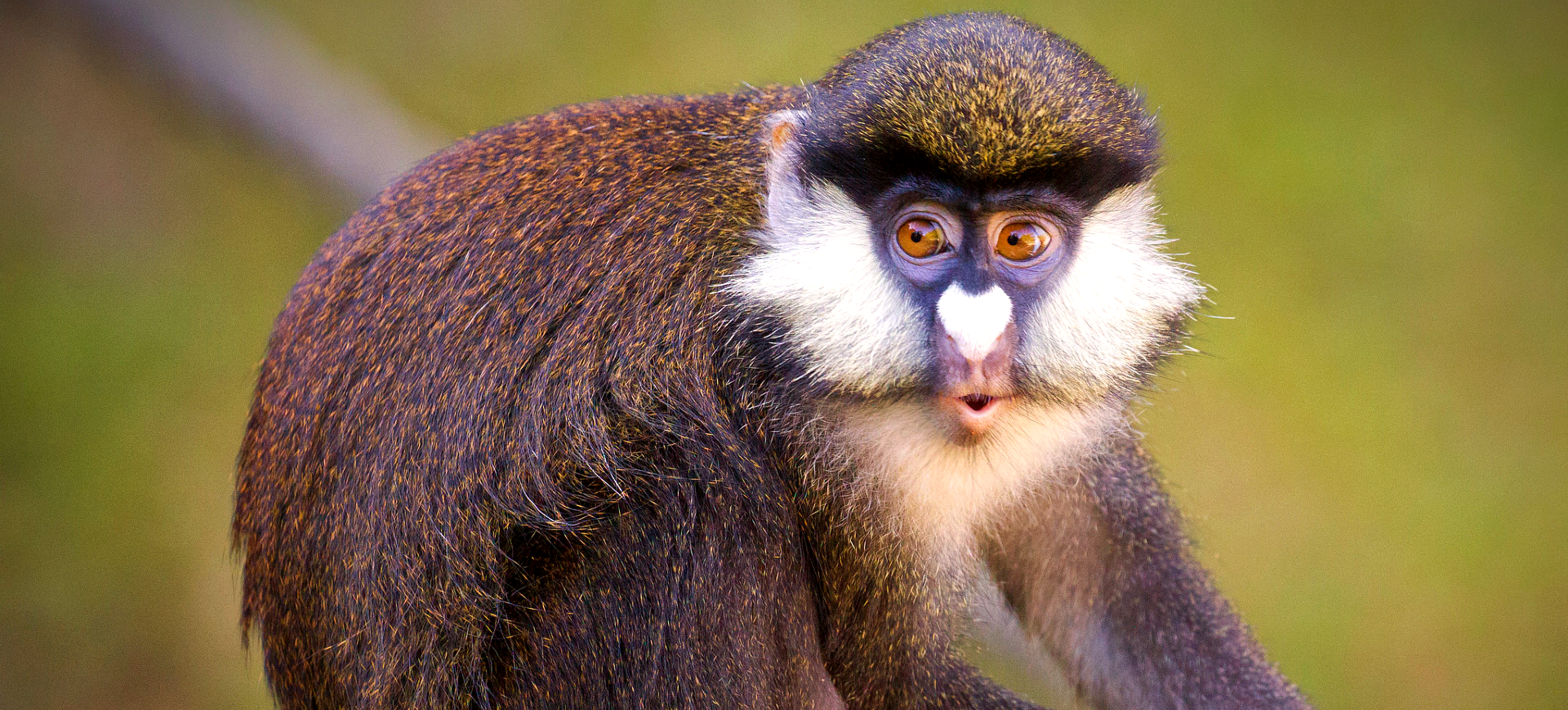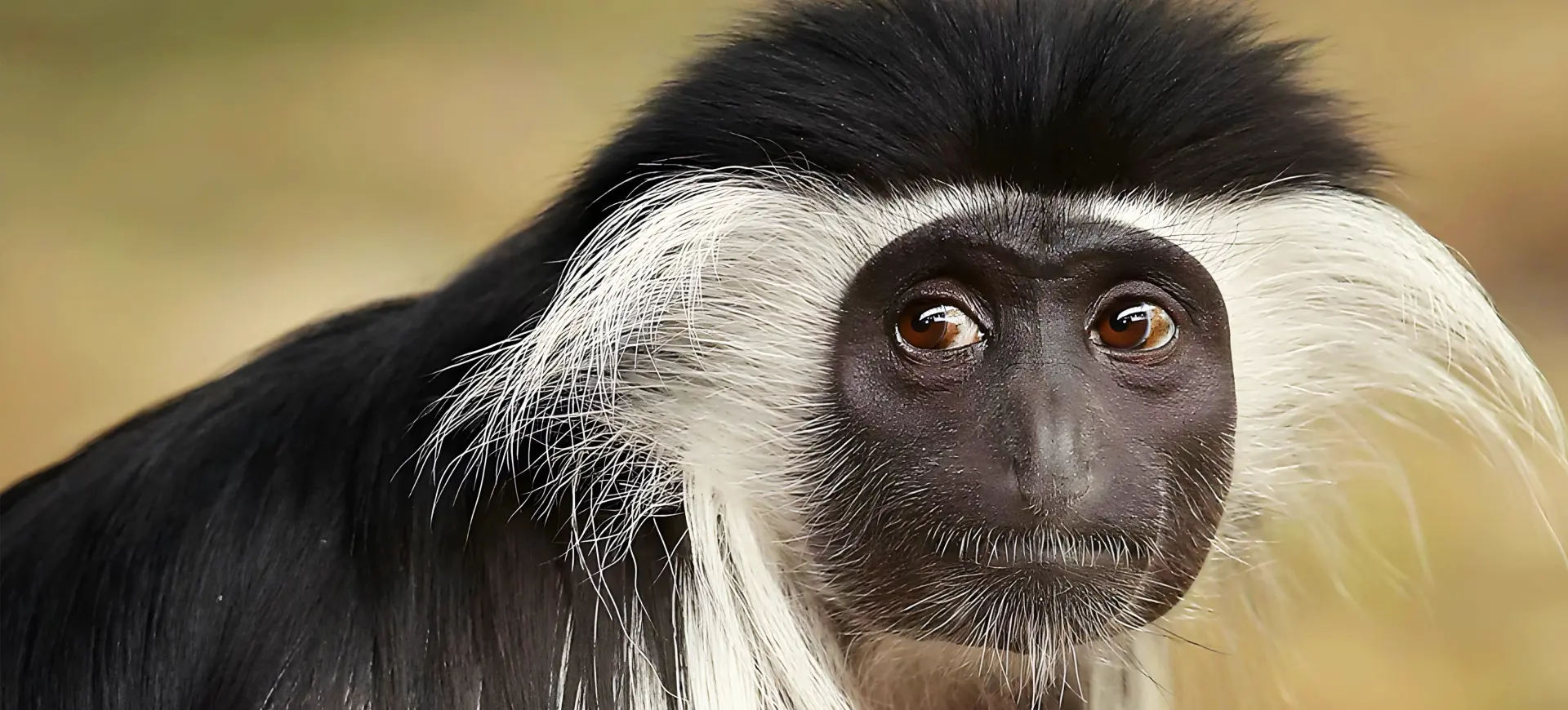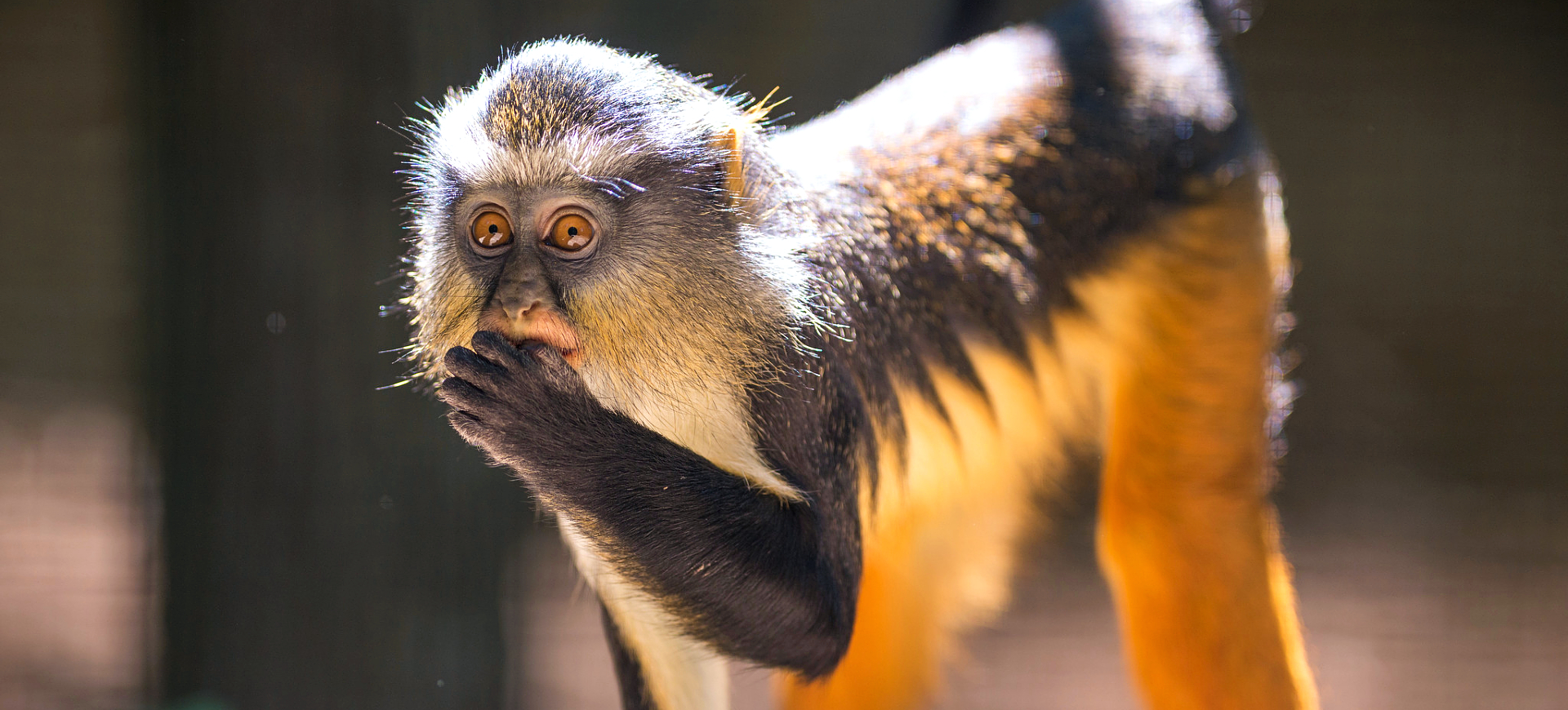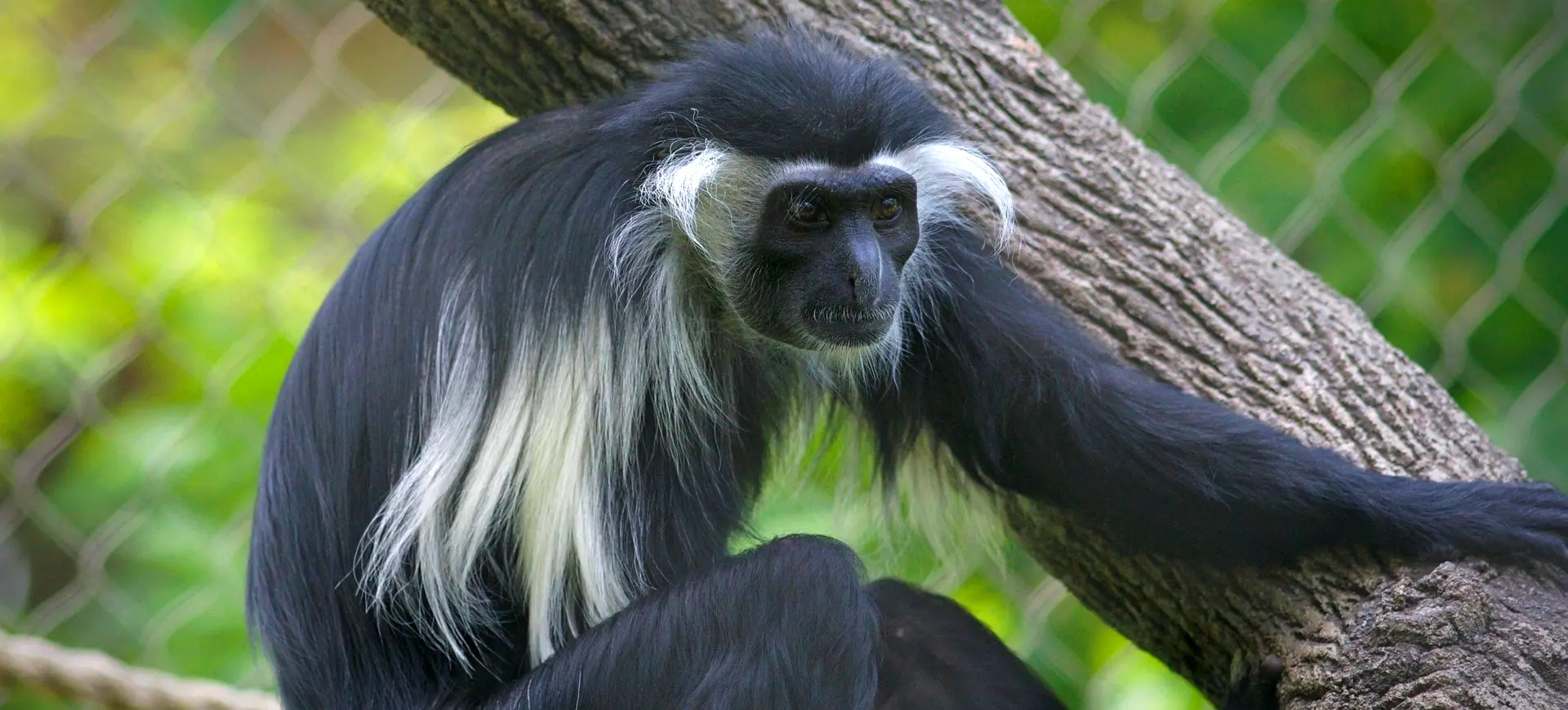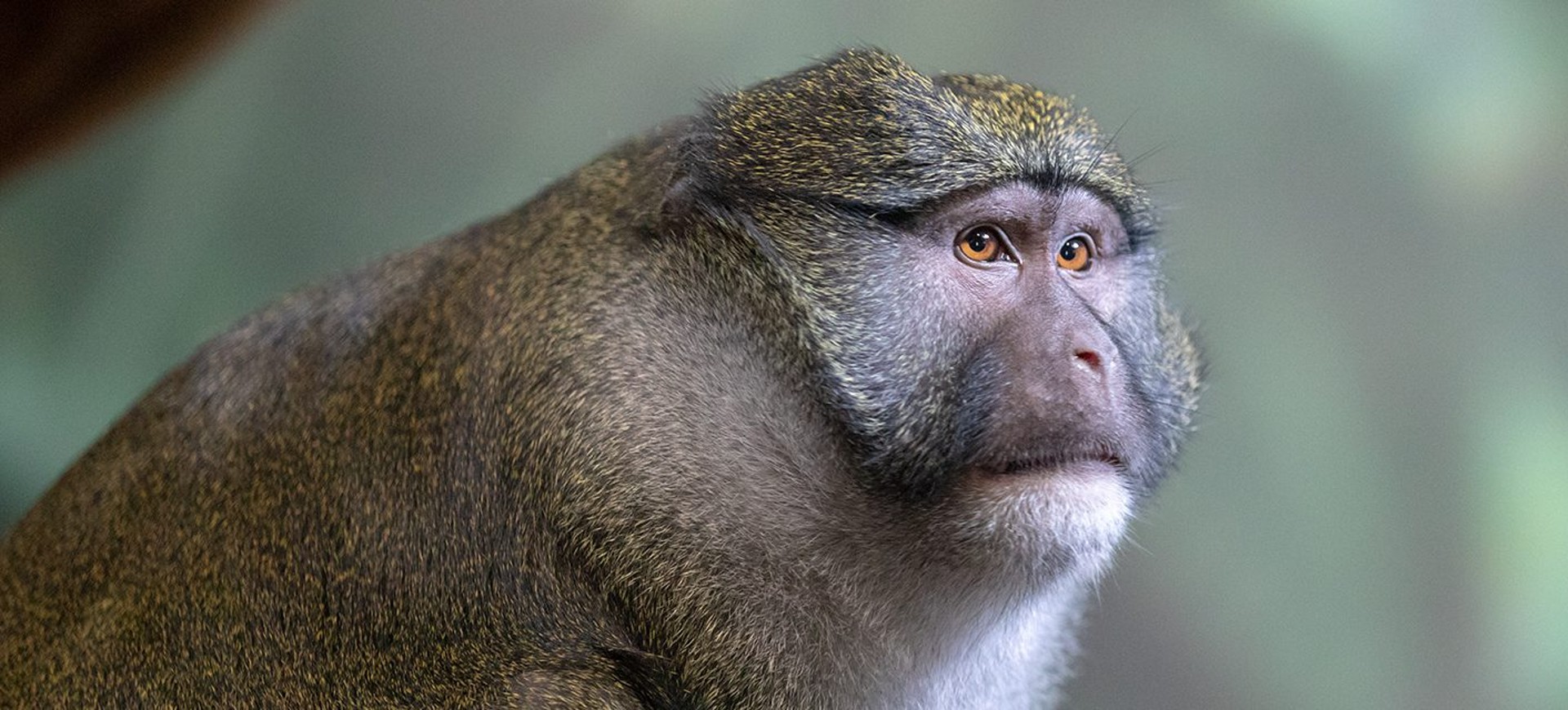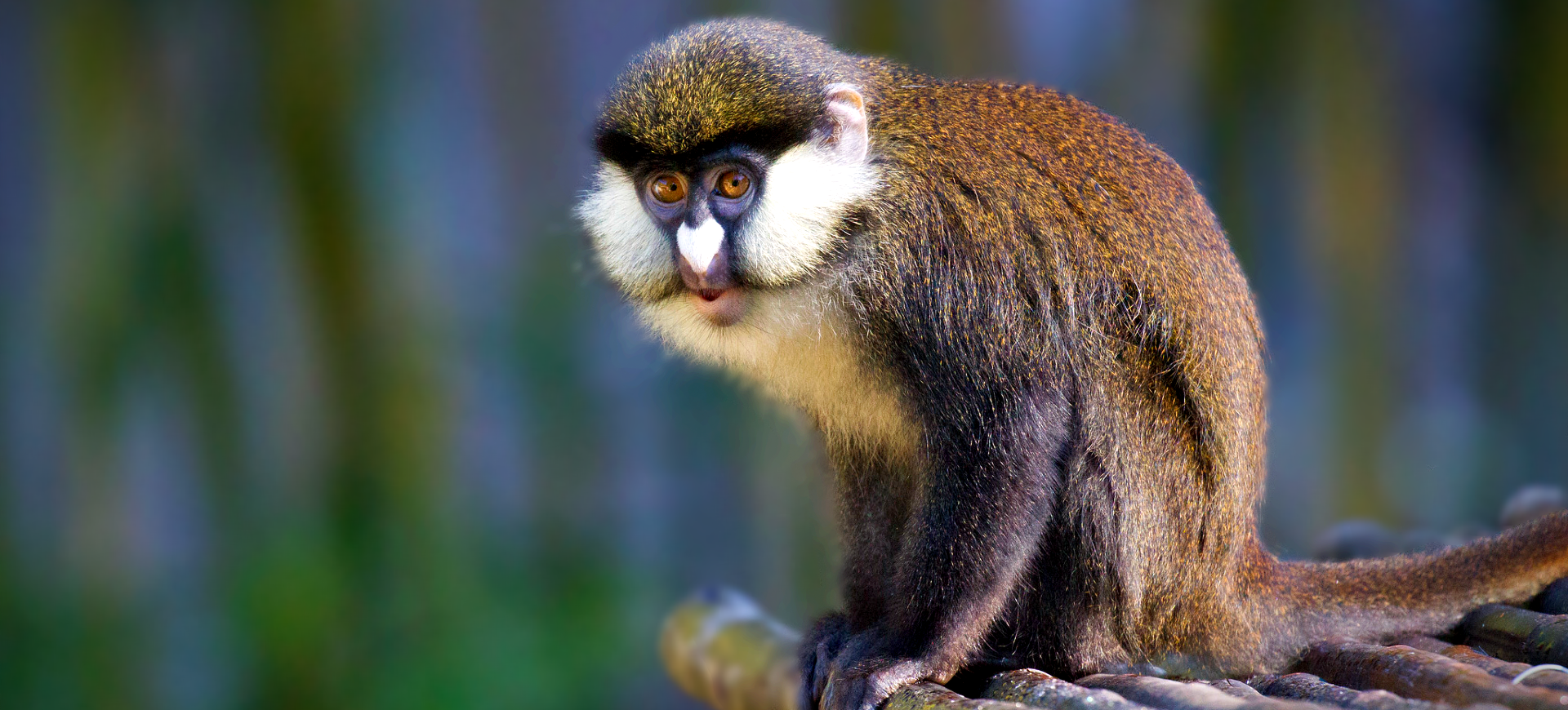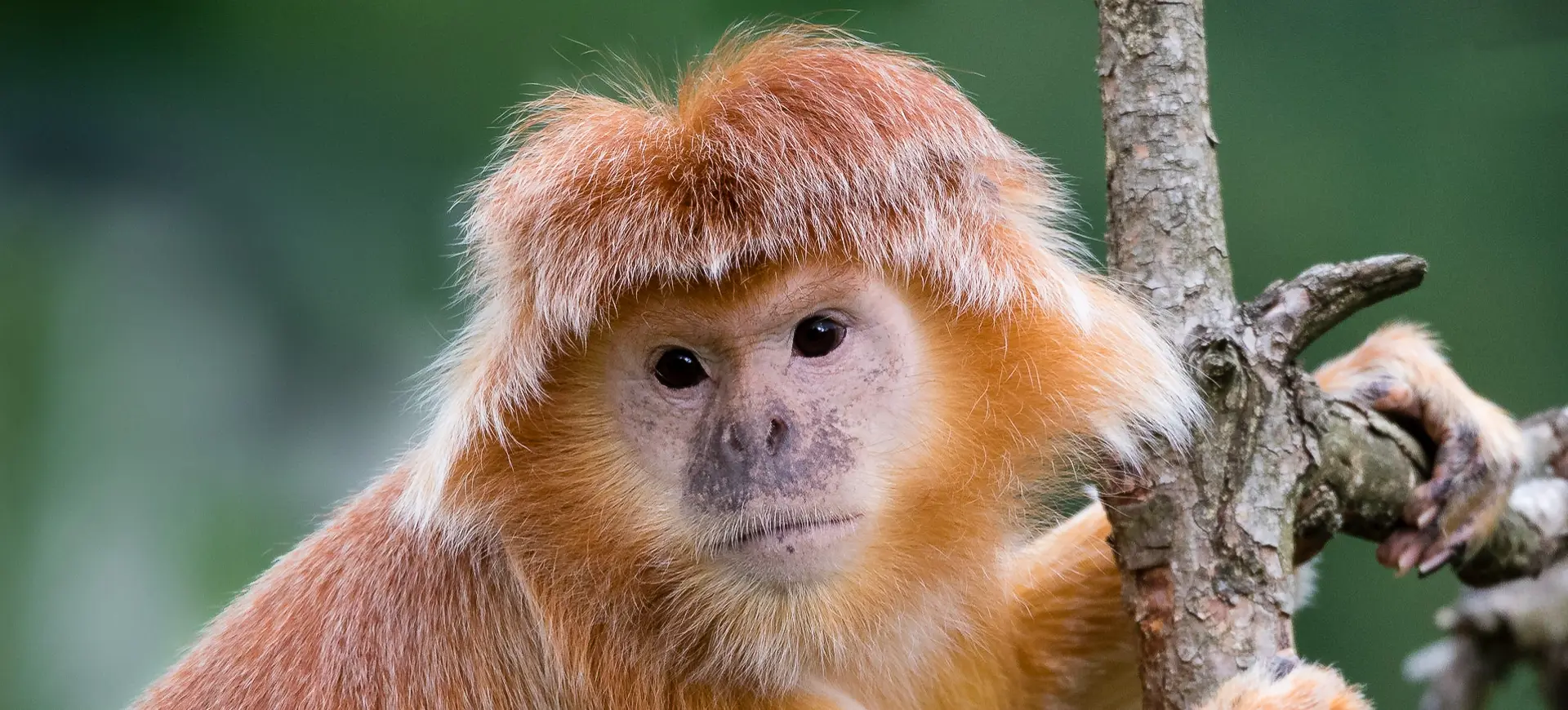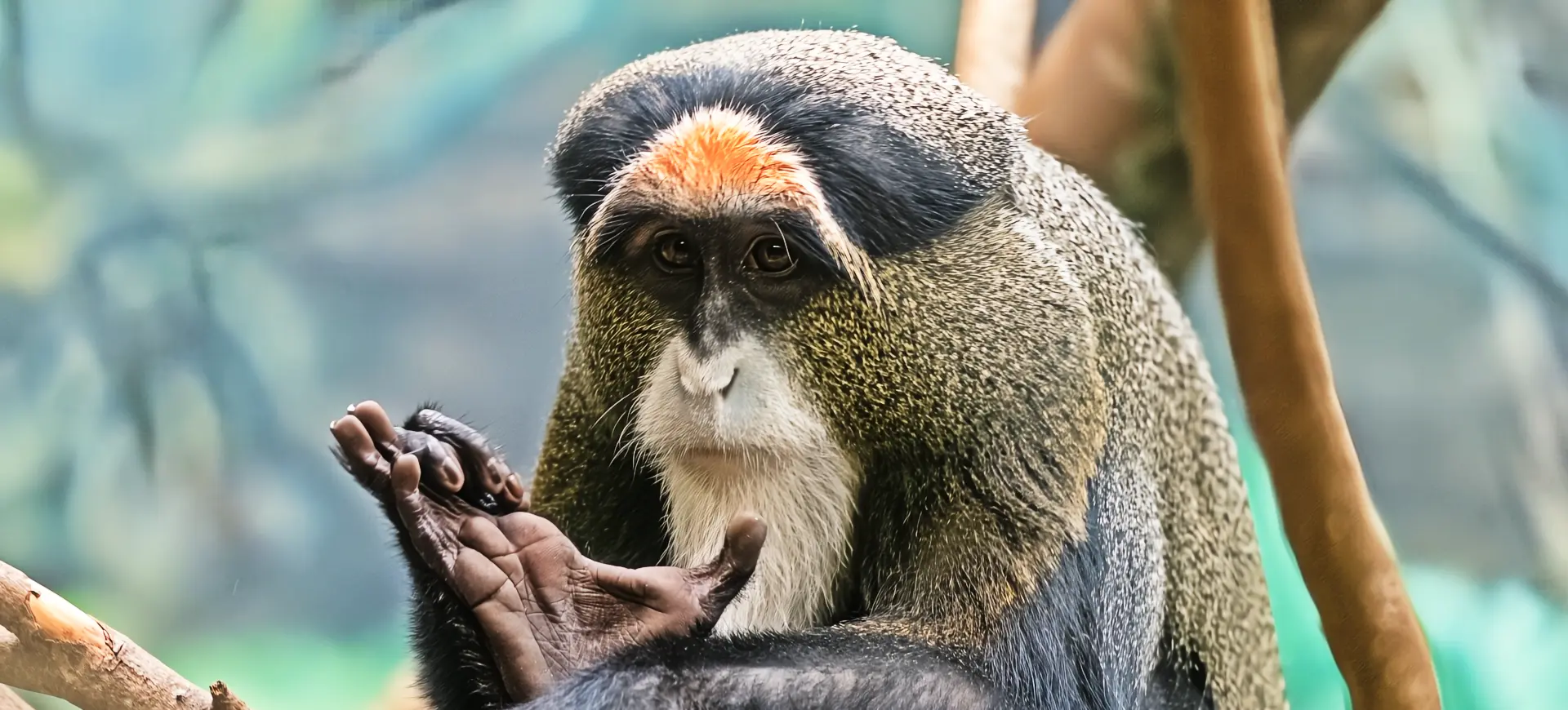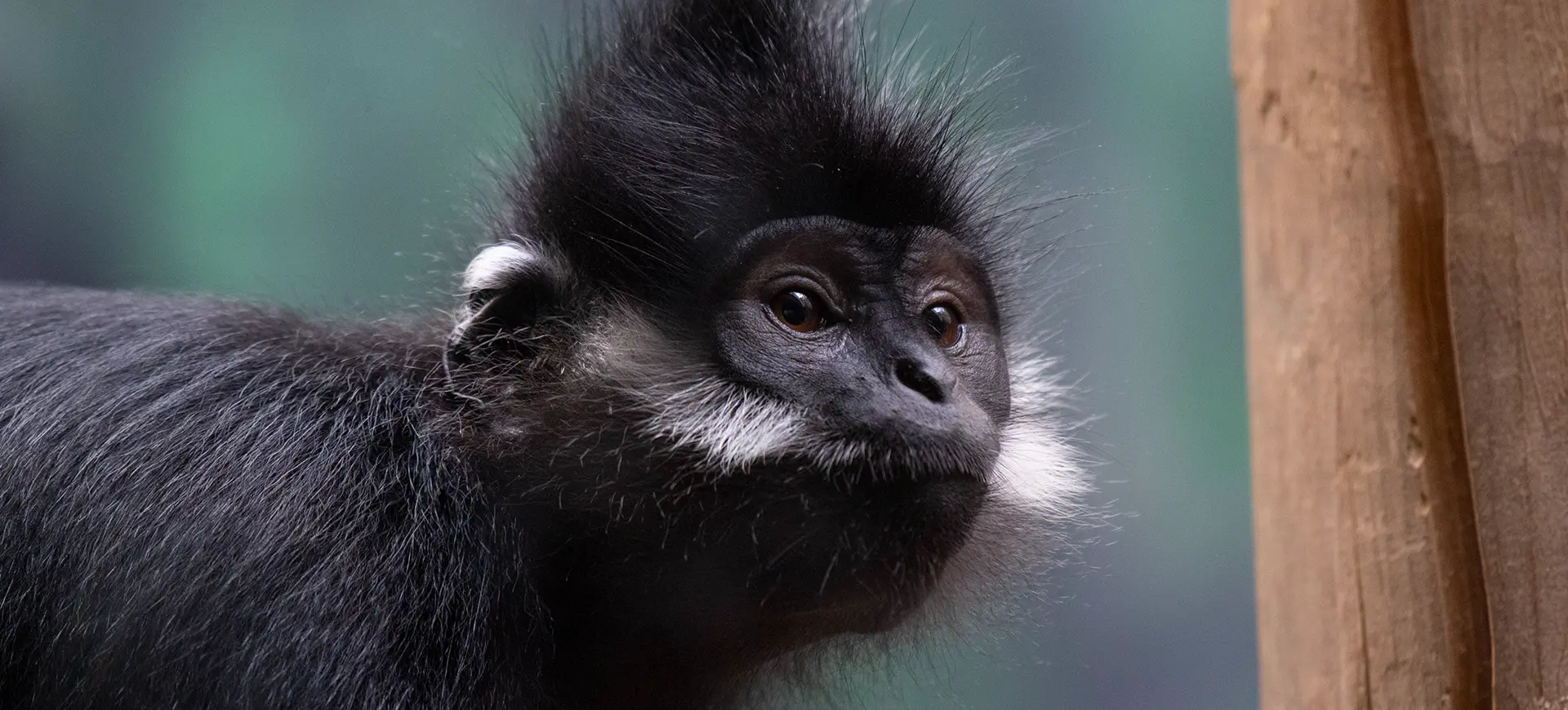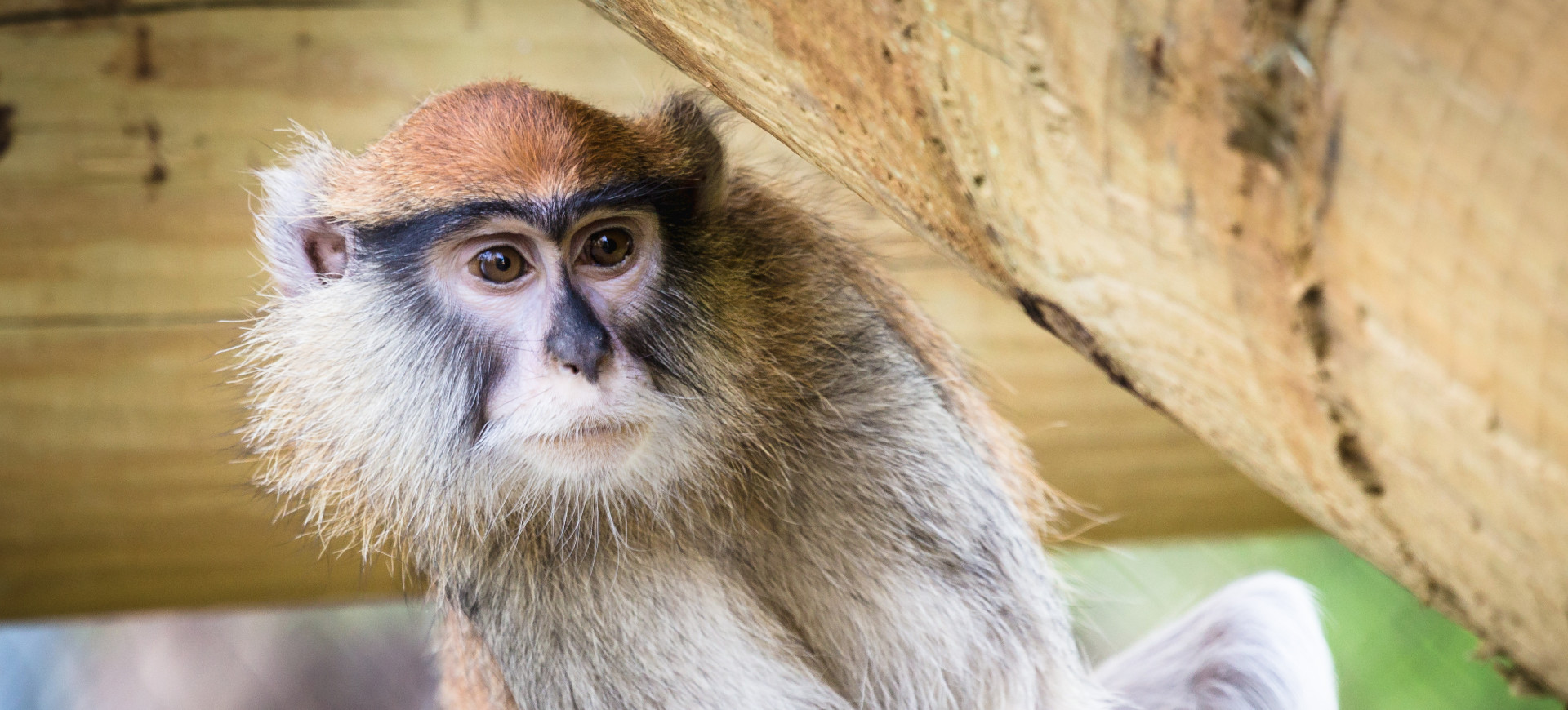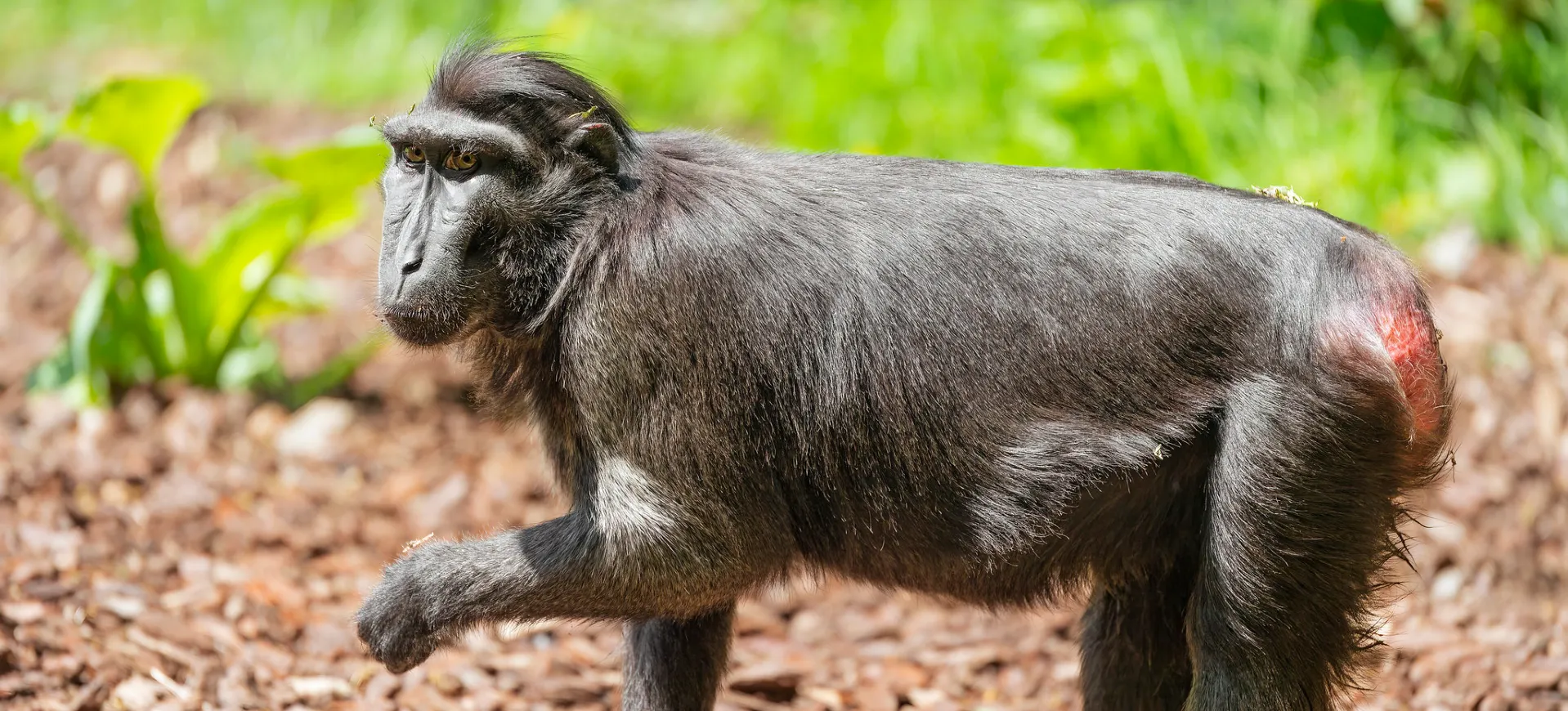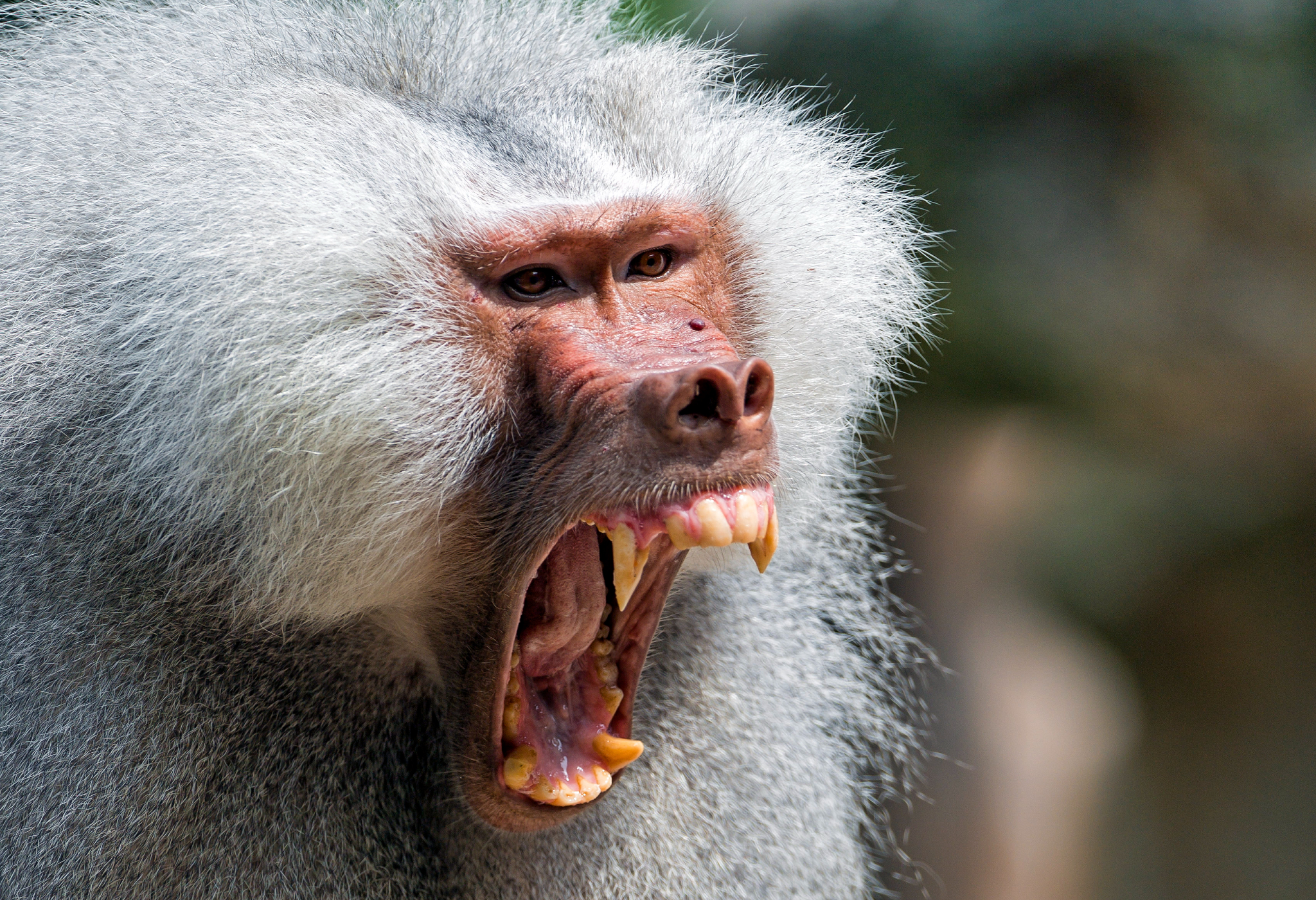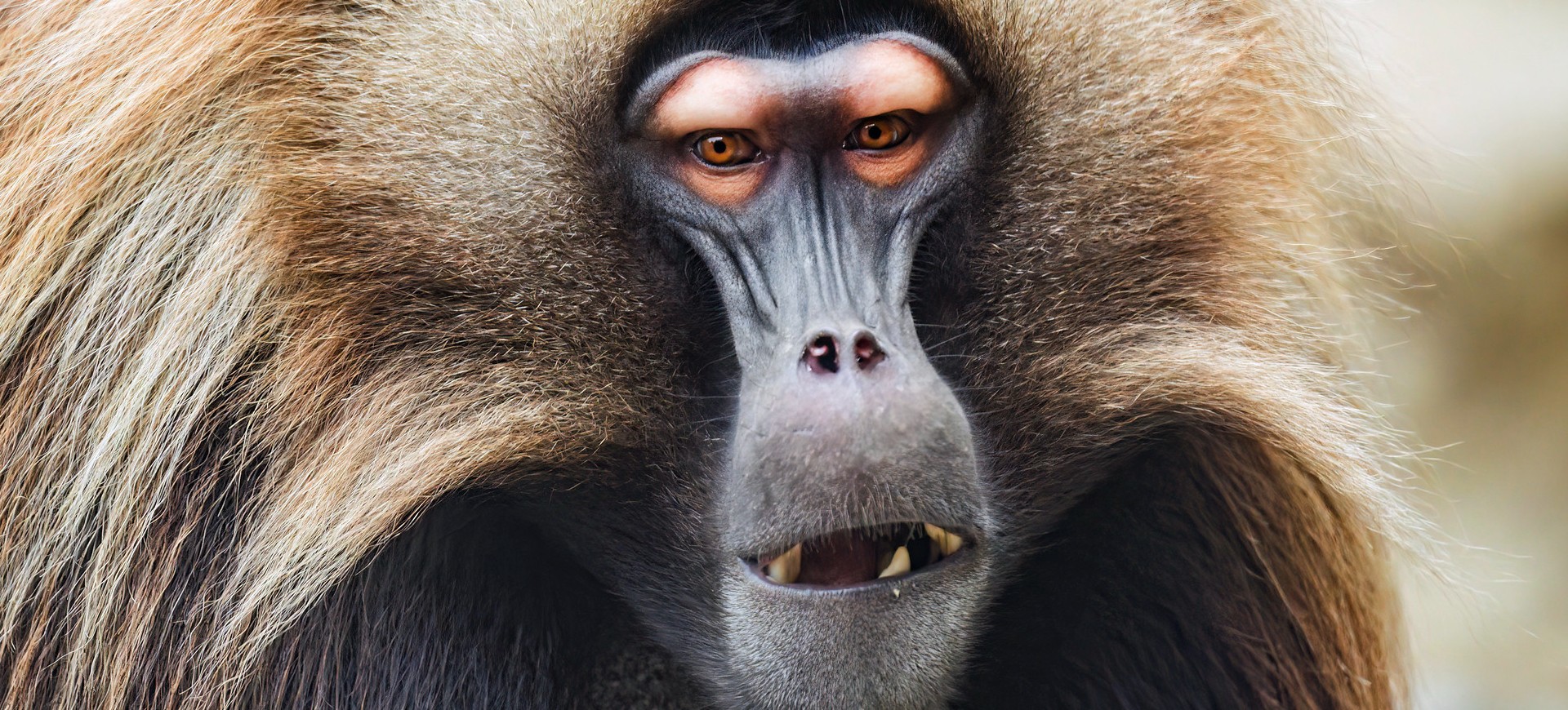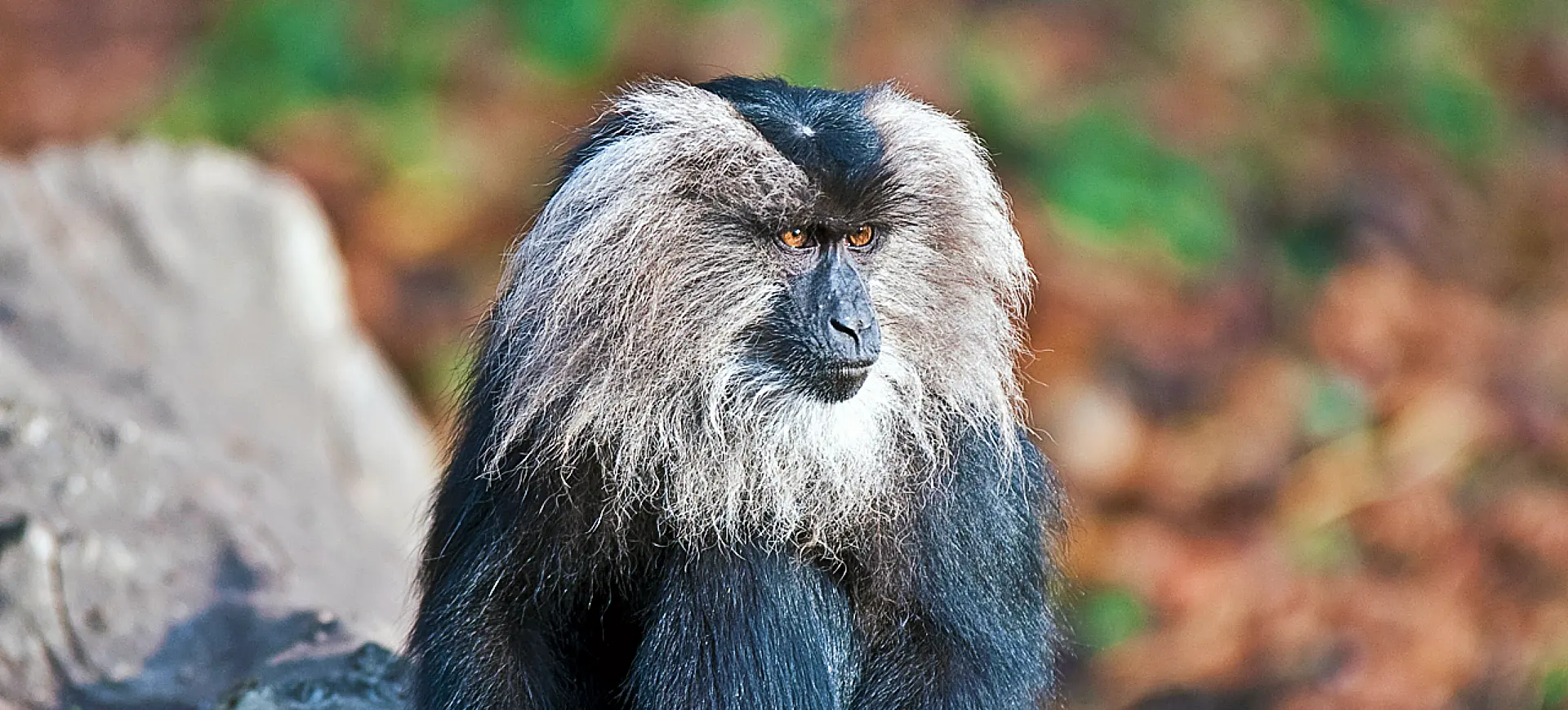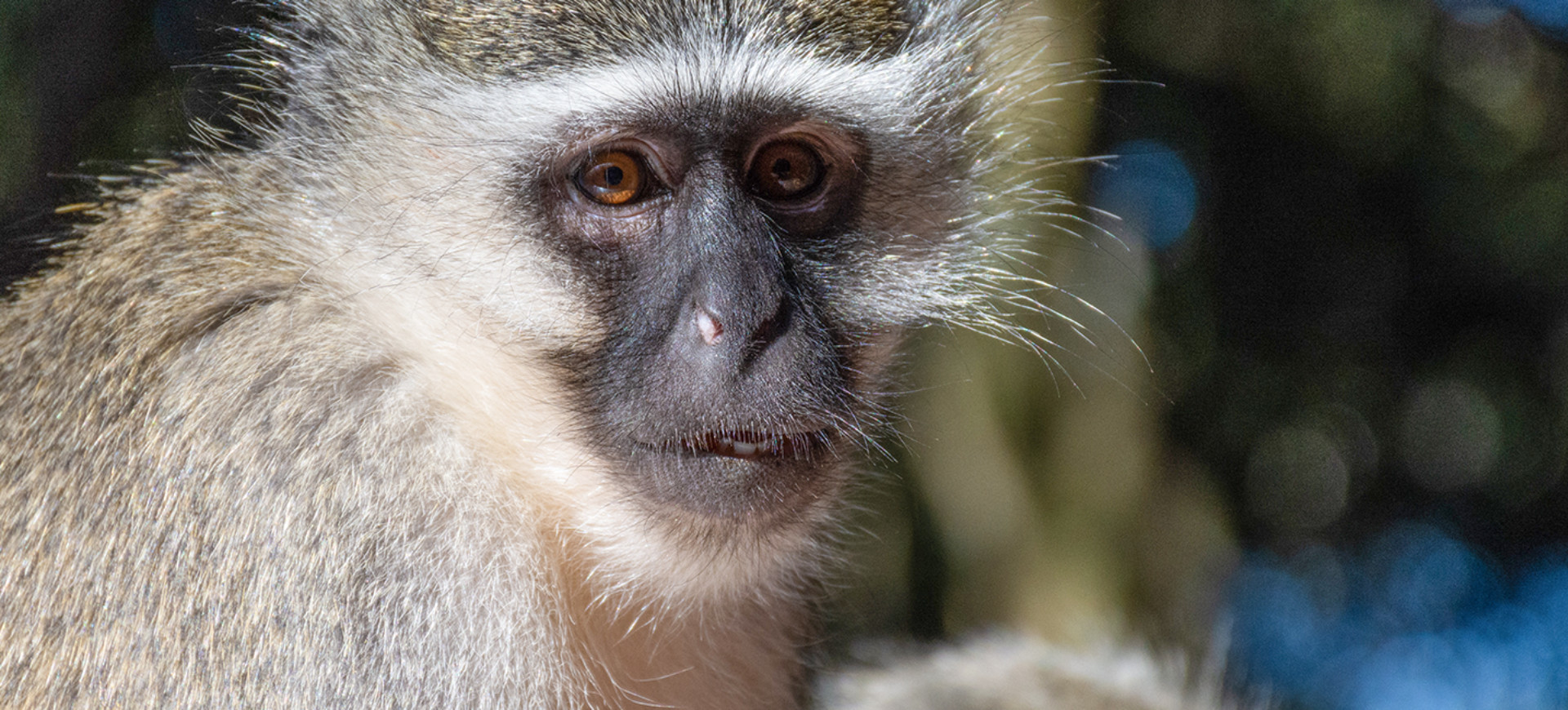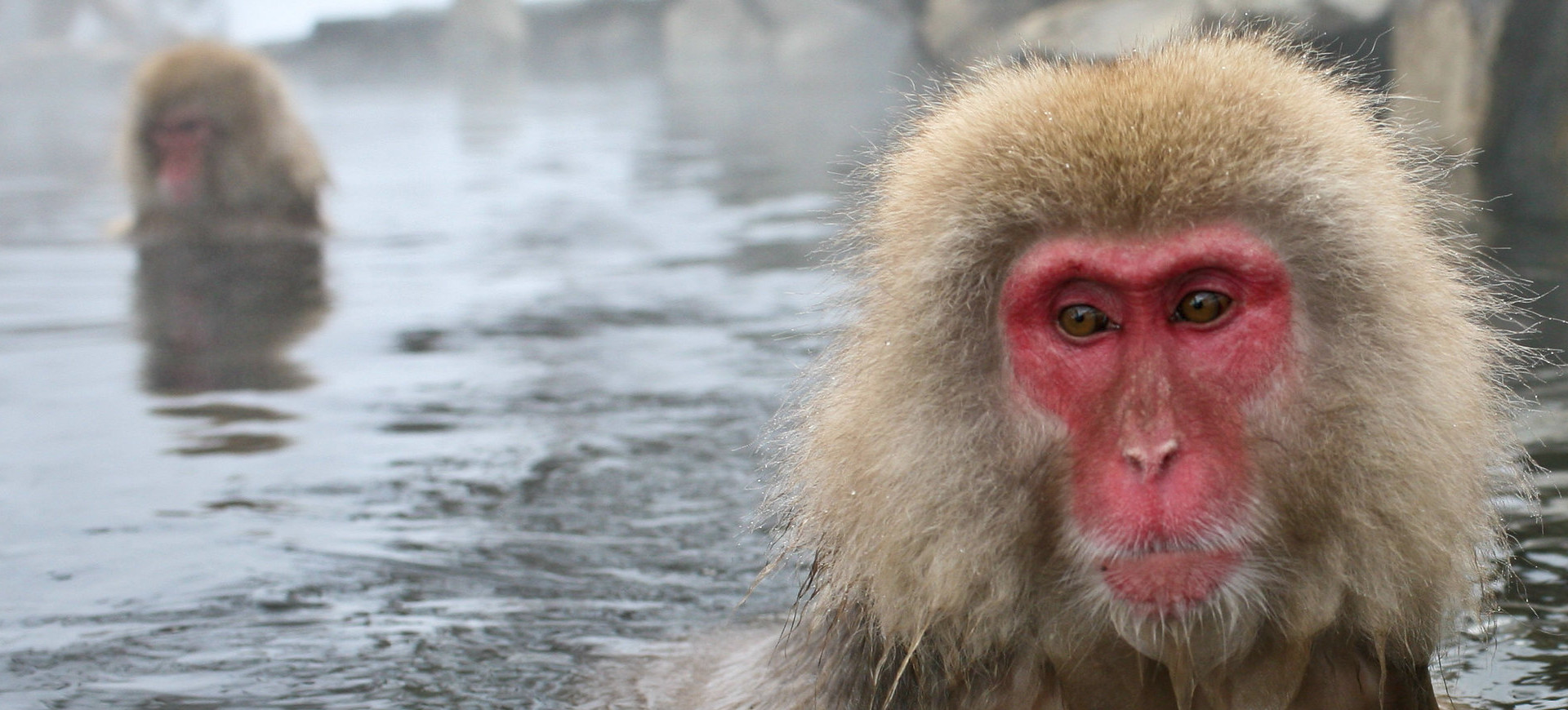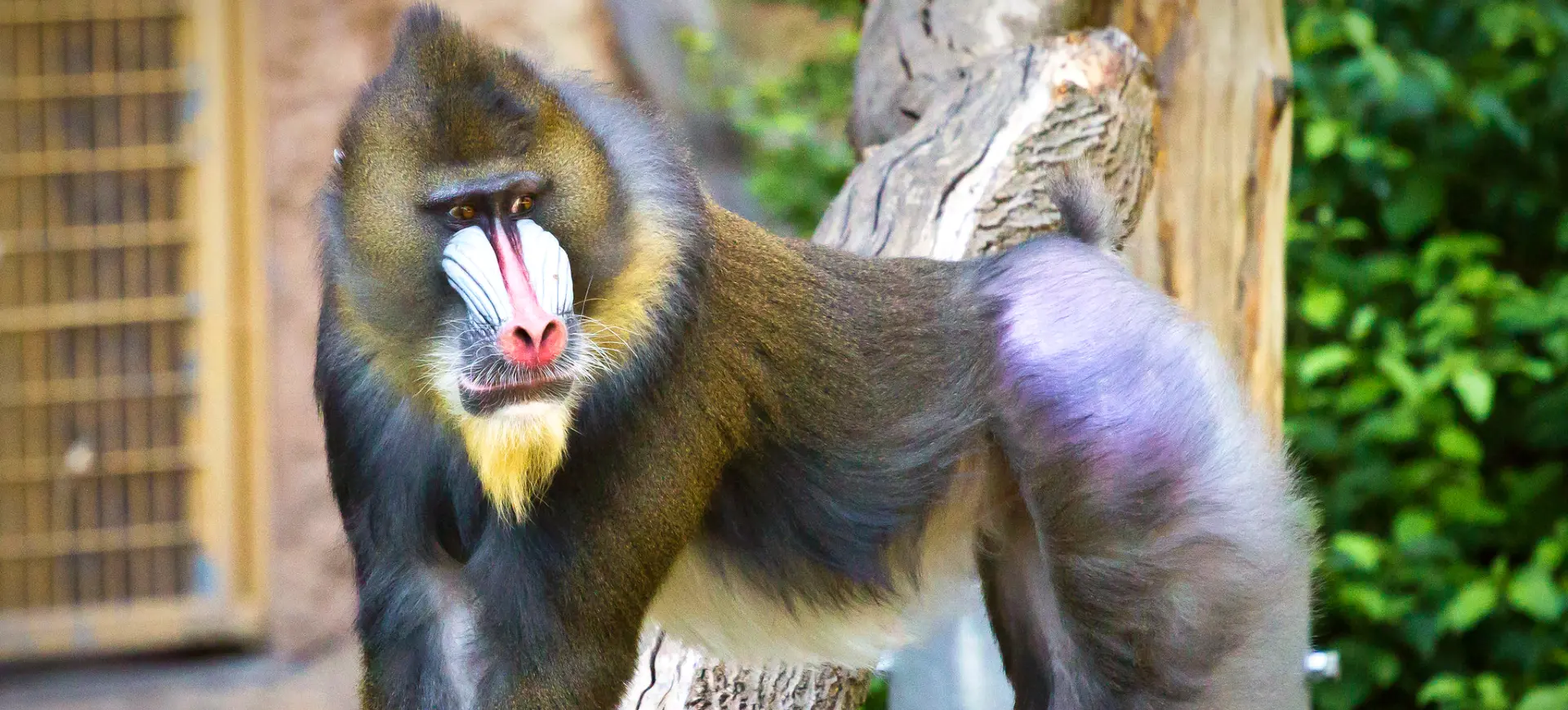Overview
The Eastern Black and White Colobus (Colobus guereza) or Mantled Guereza, a species of Old World monkey, is characterized by its stunning black body contrasted by a white face, a long white cape-like mantle, and a bushy white tail. Native to the equatorial forests of East Africa, this arboreal species spends most of its life high in tree canopies. It’s known for its exceptional leaping ability, making dramatic long-distance jumps facilitated by its long limbs and the absence of thumbs.
The Eastern Black and White Colobus, also known as the Guereza, displays a variety of vocalizations and physical displays for communication within its tight-knit social groups. These diurnal primates have a special sac in their throats that amplifies their calls, echoing through the forest. Despite the threats of habitat loss and hunting for the bushmeat trade and their fur, they maintain relatively healthy populations in their native habitats.
This species’ unique name, “colobus,” is derived from the Greek word for “mutilated,” referring to their unusual lack of thumbs—a characteristic that sets them apart from most primates. While the lack of thumbs may seem like a handicap, it aids these monkeys in their acrobatic tree-top lifestyle, allowing them to swing swiftly through the branches.
Taxonomy
Kingdom
Phylum
Class
Order
Family
Genus
Species
Sub Species
Type
Physical Description:
Eastern Black and White Colobus are large and striking monkeys, standing out among other primate species due to their dramatic black and white coloration. They sport shiny black fur over most of their bodies, complemented by a U-shaped white mantle extending from their shoulders down their backs and tails, ending in a tuft of white hair. This color contrast is visually stunning and serves a practical purpose in confusing predators in the dappled sunlight of their forest habitats.
Despite being primates, these Colobus monkeys are missing a feature commonly associated with monkeys: opposable thumbs. They have a small stub in place of thumbs, and their four remaining fingers are elongated and curved, forming a hook-like hand. This hand structure, coupled with their long limbs and lightweight bodies, makes them exceptionally agile, capable of making daring leaps between tree branches.

Lifespan: Wild: ~20 years || Captivity: ~29 years

Weight: Male: 29 - 31 lbs (13 - 14 kg) || Female: 17 - 24 lbs (8 - 11 kg)

Length: Male & Female: 23.6 - 31.5 inches (60 - 80 cm) excluding tail

Height: Male & Female: 19.7 - 27.6 inches (50 - 70 cm) at shoulder
Characteristic:
Native Habitat:
Eastern Black and White Colobus are found in various habitats across East Africa, although they primarily inhabit the high-canopy areas of rainforests and riverine forests. They also frequent wooded grasslands and occasionally montane forests, demonstrating their adaptability. These monkeys prefer areas with abundant tall trees, providing them with food resources and safety from ground-dwelling predators.
Their range encompasses altitudes from sea level to mountainous regions, extending to over 11,000 feet above sea level. The Colobus monkeys are arboreal within these environments, spending most of their time in the trees. Most activities—including feeding, sleeping, and socializing—occur above the ground.
Climate Zones:
Biomes:
Biogeographical Realms:
Continents:
Countries:
Diet:
Diet & Feeding Habits:
The diet of Eastern Black and White Colobus is predominantly herbivorous, focusing on leaves, flowers, and fruits. They exhibit a preference for young, tender leaves and buds, and due to their high-fiber diet, they have evolved a complex, sacculated stomach that allows them to ferment their food for easier digestion—a characteristic common in ruminants like cows and deer, but rare among primates.
Interestingly, despite having access to various fruits, Eastern Black and White Colobus eat only a small amount of fruit, likely due to their specialized digestive systems. However, when leaves are scarce, they consume more fruits and even unripe seeds.
Mating Behavior:
Mating Description:
Eastern Black and White Colobus monkeys have a polygamous mating system, with one dominant male mating with multiple females. The male secures his position and access to mates through displays of aggression and dominance. These displays are not just towards other males but also towards the females, who respond with submissive behaviors.
Females give birth to a single offspring after a gestation period of approximately 5 to 6 months. Newborns are entirely white and begin to acquire their black-and-white adult coloration after about three months. Mothers are the primary caregivers, but other females in the group may also participate in caring for the young, a behavior known as alloparenting.
Reproduction Season:
Birth Type:
Pregnancy Duration:
Female Name:
Male Name:
Baby Name:
Social Structure Description:
Eastern Black and White Colobus live in small, cohesive social groups of about 3 to 15 individuals. These groups typically comprise one adult male, several females, and their offspring. The group has a clear dominance hierarchy, with the male at the top. The dominant male defends the group from predators and rivals and enjoys exclusive mating rights with the females.
Interestingly, despite the dominant hierarchy, Eastern Black and White Colobus are known for their peaceful social dynamics. Aggression within the group is rare, and they often engage in social behaviors such as grooming, which strengthens social bonds and maintains group harmony.
Groups:
Conservation Status:
Population Trend:
While the exact population of Eastern Black and White Colobus is unknown, they are currently classified as Least Concern by the IUCN Red List. However, they face several threats leading to population declines in many parts of their range. Fragmentation of their forest habitats is a significant concern, as this species is highly arboreal and relies on tree canopies for survival.
Furthermore, this species is hunted for the bushmeat trade and for their fur, which is used in ceremonial robes and hats. However, in some areas, the species benefits from cultural taboos against hunting them, helping to maintain stable populations. These factors contribute to the species’ complex population dynamics and the difficulty in estimating their overall population size.
Population Threats:
Eastern Black and White Colobus monkeys face several threats to their survival. Habitat loss due to deforestation for agriculture, logging, and human settlement is a primary threat. As their habitats become more fragmented, populations become isolated, and face increased risks from inbreeding and local extinction.
Hunting is another significant threat. They are hunted for their meat and striking fur, which is used to make dance costumes and hats. They may also face threats from disease and parasites, which can significantly impact their population size and growth.
Conservation Efforts:
Several measures are being taken to protect and conserve Eastern Black and White Colobus. They are included in various protected areas across their range, providing some protection from habitat loss and hunting. Conservation organizations are also working to educate local communities about the importance of these monkeys to the ecosystem and the value of sustainable practices.
Efforts are also being made to maintain and restore their forest habitats. This includes initiatives to promote sustainable forestry and agriculture practices and reforestation projects. Despite the threats they face, with ongoing conservation efforts, there is hope for the future of the Eastern Black and White Colobus.
Additional Resources:
Fun Facts
- Eastern Black and White Colobus, also known as Guerezas, is derived from an Amharic (Ethiopian) word meaning “a servant.”
- Despite lacking opposable thumbs, these monkeys are superb climbers and leapers, thanks to their long limbs and hook-like fingers.
- They have multi-chambered stomachs, similar to cows, to effectively break down the leaves they eat.
- Newborn Eastern Black and White Colobus monkeys are entirely white. After about three months, they begin to acquire their black-and-white adult coloration.
- These monkeys have a sac in their throats that amplifies their calls, allowing them to echo through the forest.
- Eastern Black and White Colobus monkeys are the most arboreal African monkeys and rarely descend to the ground.
- Other males often challenge the male’s dominant status in the troop. If defeated, the male may be expelled from the troop.
- They have a lifespan of up to 20 years in the wild but have been known to live up to 29 years in captivity.
- Unlike many primates, Colobus monkeys do not use their tails for grasping branches, but they do use them for balance and communication.
- They engage in a unique behavior called “leaf-swishing,” in which they vigorously shake branches, presumably to deter predators or communicate with other monkeys.






